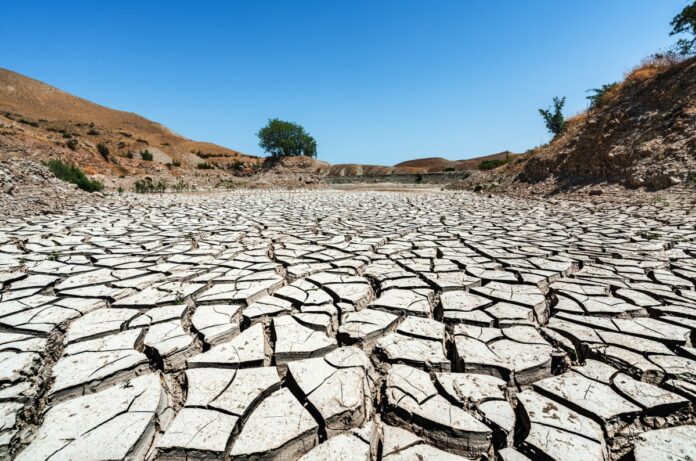Australia, the sunburnt country, has long grappled with the harsh reality of droughts. Yet, as climate change continues to tighten its grip on the planet, the land down under faces a daunting prospect: megadroughts lasting two decades or more. This dire warning comes from new modelling released by the Australian National University (ANU) and the ARC Centre of Excellence for Climate Extremes.
Megadroughts, defined by their duration and severity, are not unfamiliar phenomena. The United States currently contends with one that has persisted since 2000. However, the forecast for Australia is ominous. According to the researchers, the combination of climate change and natural variability could brew megadroughts even more severe than anything experienced in recent history.
Dr. Georgy Falster, co-lead author of the study, underscores the urgency, stating, “We must consider, and prepare for, the possibility that one of these multi-decade megadroughts could occur in the near future.” Particularly scrutinized in the study is the Murray-Darling Basin, Australia’s largest agricultural region, where the impacts of prolonged drought could be devastating.
Historically, Australia has weathered its fair share of droughts, from the infamous Federation Drought of 1895-1903 to the more recent Millennium Drought spanning 2001-09. Yet, the researchers broaden the scope, delving into climate observations dating back to 850 AD, revealing a troubling trend: droughts have intensified since the industrial era.
South-western and eastern Australia, including the vital Murray-Darling Basin, are projected to experience diminishing rainfall and heightened drought risks. The significance of this cannot be overstated, given that the basin sustains 40 per cent of Australia’s farms and contributes substantially to the nation’s agricultural output.
Professor Nerilie Abram, another co-author of the study, emphasizes the need for urgent action. “It is likely that changes to drought intensity could still arise as climate change continues to worsen,” she warns. Reflecting on recent events, such as the ‘Tinderbox Drought’ of the 21st century, which fueled the catastrophic Black Summer bushfires, Abram stresses the role of climate change in exacerbating drought severity.
Mitigating the risk of megadroughts demands concerted efforts to reduce carbon emissions and enhance water management practices. Professor Abram advocates for a swift transition to renewable energy sources to curb greenhouse gas emissions, alongside proactive measures like water storage and community support networks.
The road ahead for Australia is fraught with challenges, but it is not devoid of hope. By heeding the warnings of science and taking decisive action, Australia can navigate the treacherous waters of climate change and emerge stronger, more resilient, and better prepared to confront the specter of megadroughts looming on the horizon.


